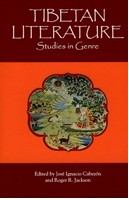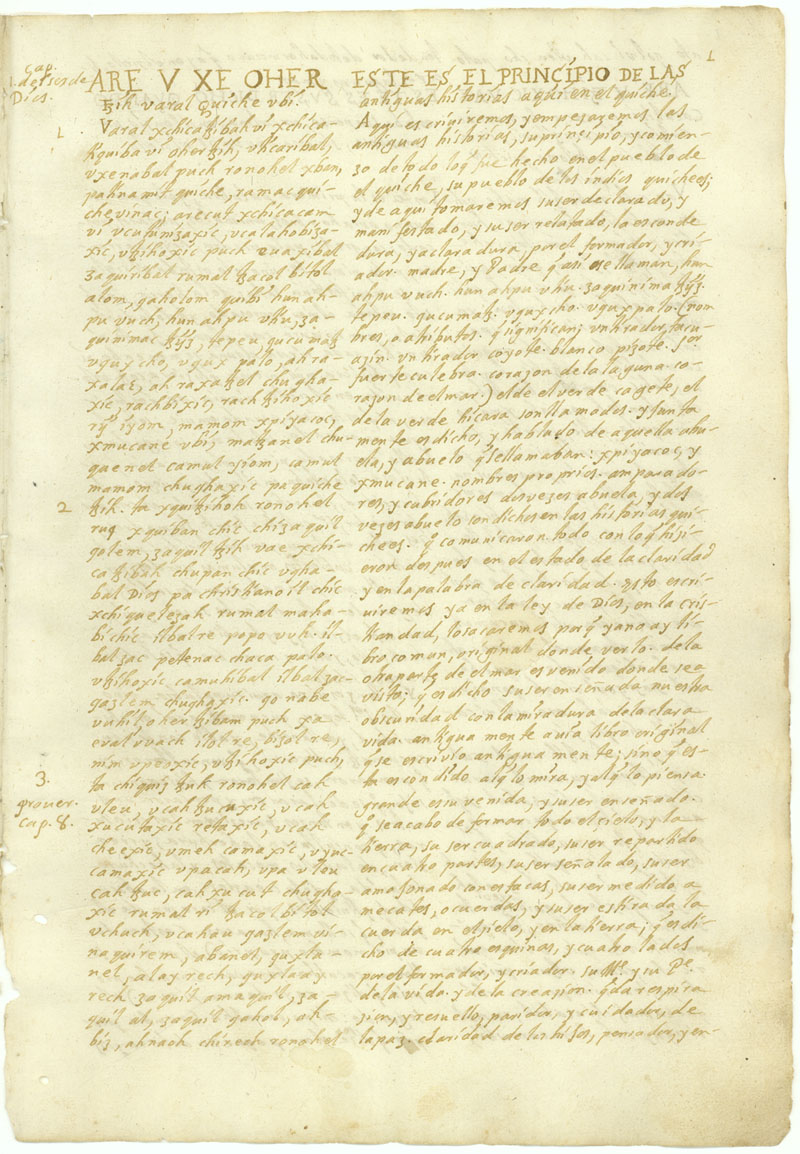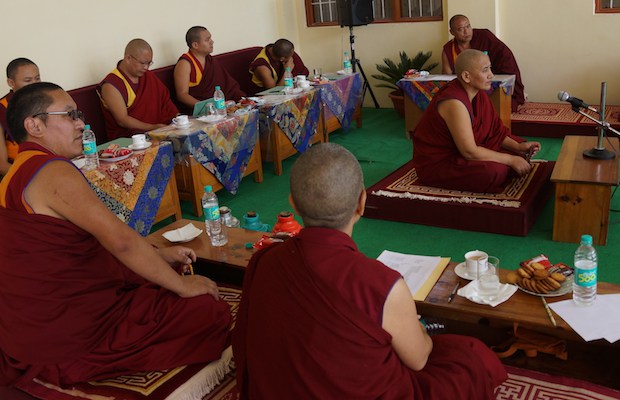Featured Resources
SHANTI Texts is a published repository of texts that can be used for a variety of content types, from remediated primary sources to long-form scholarly blog posts to be shared via social media. It is designed to allow you create content on-site or to upload long texts.
The dance of Male and Female Yamantaka, Shinje Yab Yum, and its perceived purificatory functions in Bhutanese festivals.
A view on Dechen Monlam and its role in Bhutanese Buddhist practice.
Taken from url: http://places.kmaps.virginia.edu/descriptions/1316.xml
Taken from url: http://places.kmaps.virginia.edu/descriptions/1314.xml
Taken from url: http://places.kmaps.virginia.edu/descriptions/1318.xml
Writing descriptively about a familiar experience or scene with as much cinematic detail as possible and then, at a later date, rereading the descriptive writing from an outside perspective, looking for subtexts in the language used.
A summary of the constituent parts and social functions of doma pani, an addictive stimulant found throughout South and Southeast Asia.
Domang is a collection of many important short sutras. It literally means ‘many sutras’. It is also known as Zungdue or a compendium of zung or dhāraṇī texts.
This piece was initially published in Bhutan’s national newspaper Kuensel in a series called "Why we do what we do".
An overview of the origins and performance of the Drametse Nga Cham, or Drum Dance of Dramitse, which was selected as a Masterpiece of Intangible Cultural Heritage in 2005.
Lying at the foot of Géphel (dge ’phel) Mountain, the highest point in the lha saValley, Drepung offers an impressive sight with its hundreds of large buildings nestled in an impressive mountainous surrounding. It is one of the most important religious institutions in Tibet and hence its study offers a great avenue to penetrate Tibetan civilization, its religion, politics, economy, and culture. For in Drepung, all these aspects of traditional Tibetan life, which are often thought to exist apart, come together.
Drubchen is an advanced form of ceremonial practice in Vajrayāna Buddhism.
This piece was initially published in Bhutan’s national newspaper Kuensel in a series called "Why we do what we do".
One of a series of essays that explores the various names applied to Bhutan throughout its history; this one focuses on the name that Bhutanese call themselves and their nation.
Saga Dawa, the fourth Bhutanese month and equivalent of Vaiṣakha month in Indian calendar, is a duezang. Duezang, literally means, auspicious time. Due refers to time and zang means auspicious or good.
This piece was initially published in Bhutan’s national newspaper Kuensel in a series called "Why we do what we do".
An introduction to a community festival held in Ura, Bumthang, to repel evil spirits.
Taken from url: http://places.kmaps.virginia.edu/descriptions/235.xml


